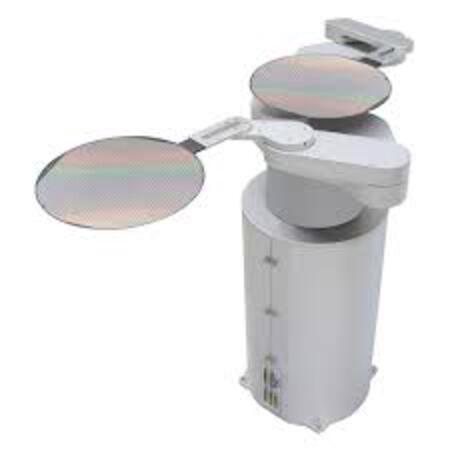
The global market for rheumatoid arthritis treatments is expected to grow at a CAGR of...
Learn More
Our consulting solutions address company specific challenges with respect to micro environment...
Learn More
Organizations frequently need day-today research guidancein order to gain strategic...
Learn More
Exploring different areas of market research and market analysis is a key factor...
Learn MoreAcute Market Reports presents the most extensive global business research services across industries. Our research studies focus on potential outcomes, benefits, and risks associated with each market segment across geographies. Having served our global clients for more than 10 years, our prime priority is to enable our clients in making well-informed business decisions through a data-driven, analytical, and uncomplicated research approach.
We provide access to the world's most comprehensive, analytical, and updated business intelligence services and solutions.




The wafer-handling robots market is expected to register a CAGR of 8.7% during the forecast period of 2025 to 2033, driven by the expanding semiconductor industry and the increasing demand for advanced electronic devices. These robots play a crucial ...
Read More
The combi boilers market is expected to grow at a CAGR of 8.3% during the forecast period of 2025 to 2033. Combi (combination) boilers have gained significant traction in the heating market as they provide a highly efficient way to both heat wa...
Read More
The printing transfer paper market involves the production and distribution of specialized papers designed to transfer printed designs onto various substrates using heat or pressure. These transfer papers are primarily used in the textiles, ceramics,...
Read More




